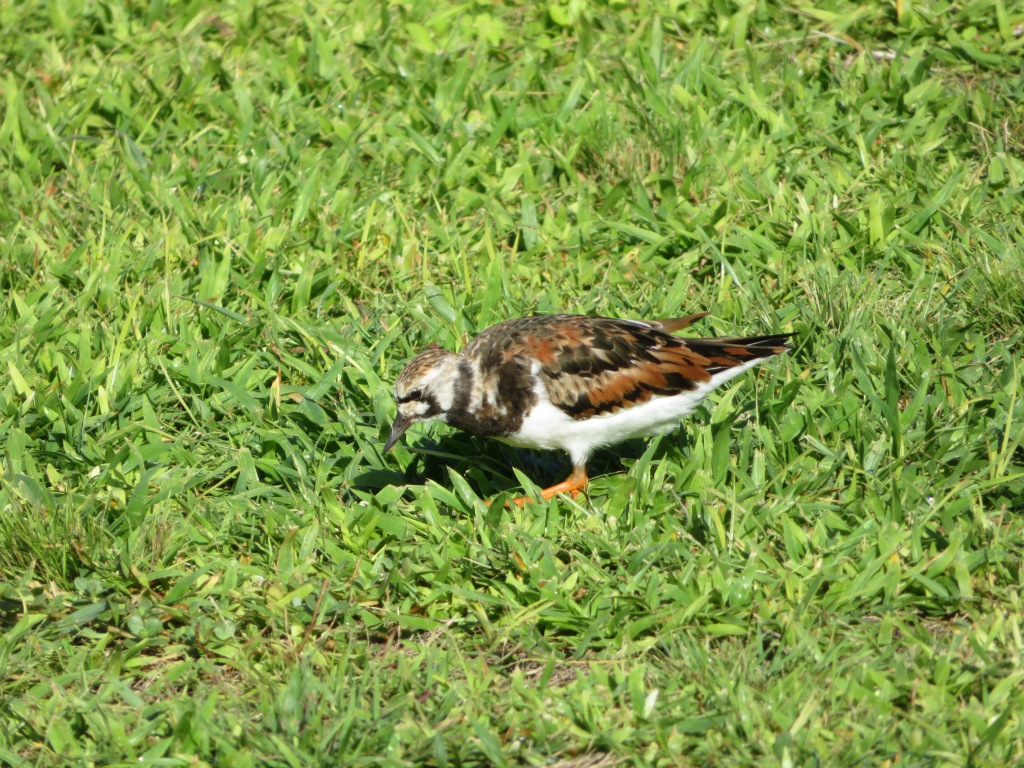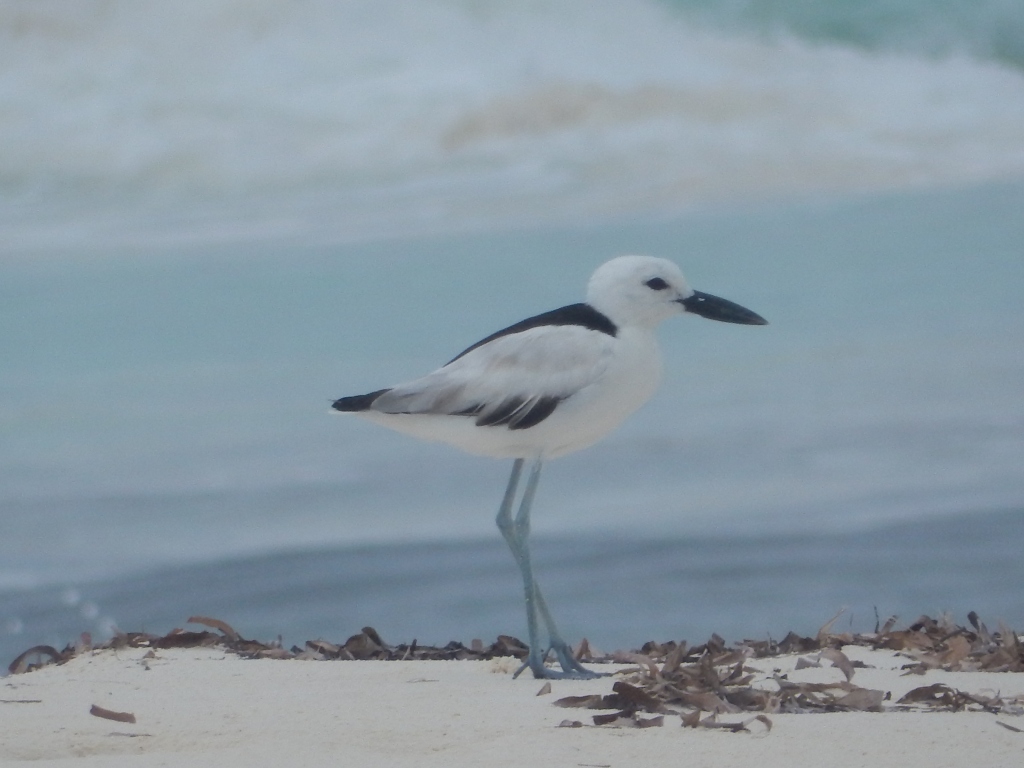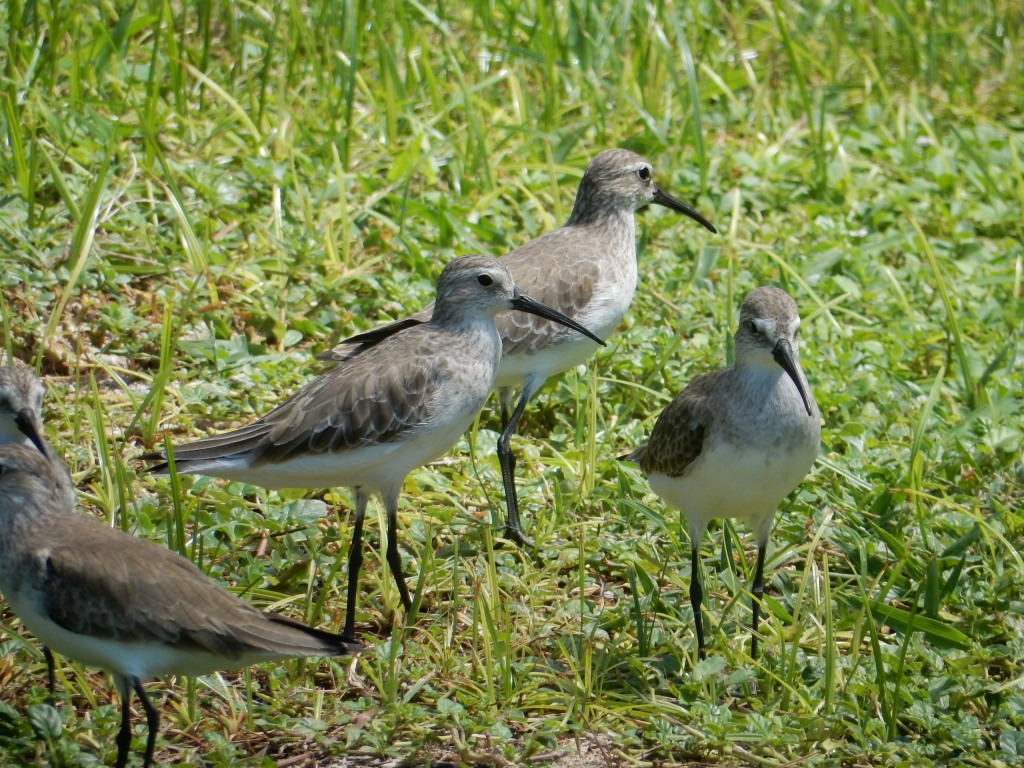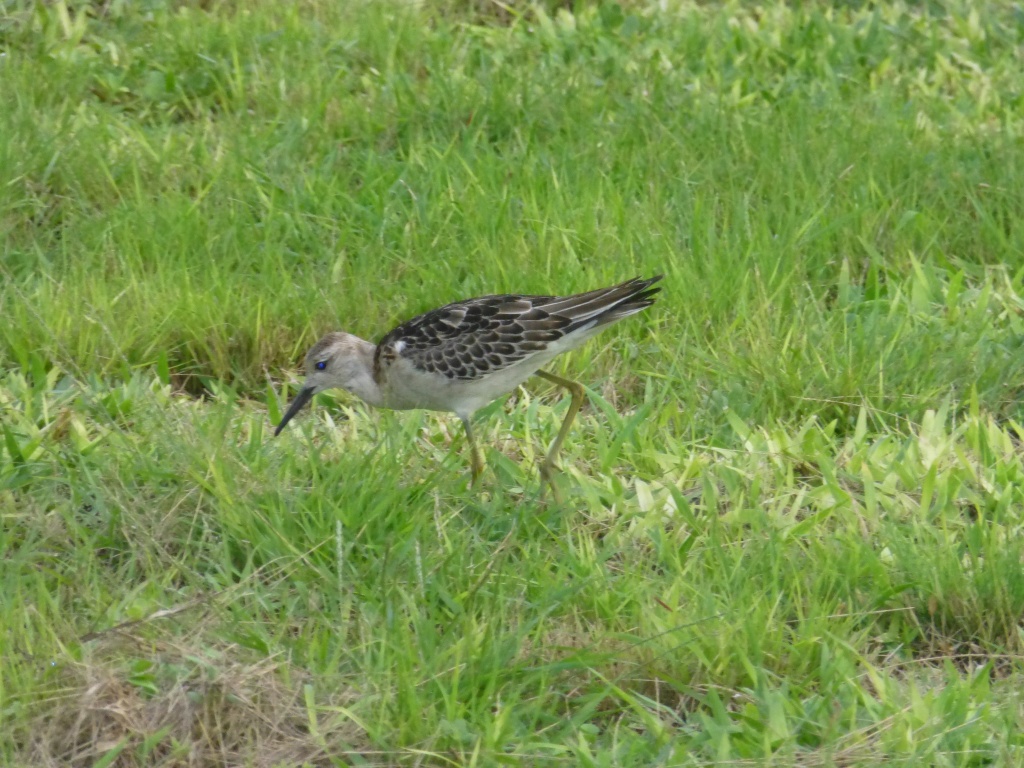Shorebirds are among the world’s great travelers, some migrating huge distances from their arctic breeding grounds, reaching winter destinations in the southern hemisphere, sometimes in a matter of only a few days of travel!

In the northern winter, Seychelles hosts large numbers of shorebirds that have migrated from their high arctic breeding grounds in northern Siberia to capitalise on the abundant invertebrates to be found on the archipelago’s grasslands, shores, and reefs at low tide. Turnstones and Curlew Sandpipers are especially abundant, and Grey Plovers, Whimbrel and Sanderlings occur regularly and in good numbers. Several other species find their way to Seychelles in smaller numbers or infrequently. Less common arctic shorebirds include Little Stint, Greenshank, Ruff, Wood Sandpiper and Terek Sandpiper and rarities such as Pectoral Sandpiper, Temminck’s Stint, Red-necked Stint and Little Whimbrel have been recorded on Bird Island, among many others.
In addition, Seychelles hosts shorebirds that breed at lower latitudes, especially Greater and Lesser Sand Plovers and Crab Plovers.

Some of the commoner shorebirds remain in Seychelles during the northern summer, probably young birds that decide to delay returning to their natal areas. On Bird Island by far the most numerous of these are Turnstones, of which up to 40 can be found on the island from April to October but 20 or more Curlew Sandpipers, Whimbrel and Grey Plovers are also found in most northern summers.
However, 2022 appears to be an exception. During our first two weeks on Bird Island we have seen only four Turnstones, five Whimbrels and five Curlew Sandpipers. Grey Plovers, on the other hand are here in their usual numbers, with 21 birds having been seen roosting on the northern beach and feeding on the grass airstrip.
It is possible that the low numbers of Turnstones, Curlew Sandpipers and Whimbrels in 2022 result from a poor breeding season in the arctic in 2021. This happens periodically and is often associated with increased predation of shorebird (and other species such as arctic-breeding geese) nests. This in turn can be associated with dramatic falls in lemming numbers during their approximate 4-year cycles. When lemming numbers increase, numbers of their arctic predators, such as Snowy Owls follow suit, but when lemming number crash their predators have to seek alternative prey, which includes nesting birds and their eggs. These are probably insufficient to satisfy the needs of the enlarged predator populations, leading to falls in their numbers and paving the way for lemming numbers to recover.
The low numbers of shorebirds on Bird Island this year might therefore result from ecological events far from Seychelles. However, for unknown reasons Grey Plovers do not appear to have been affected.

